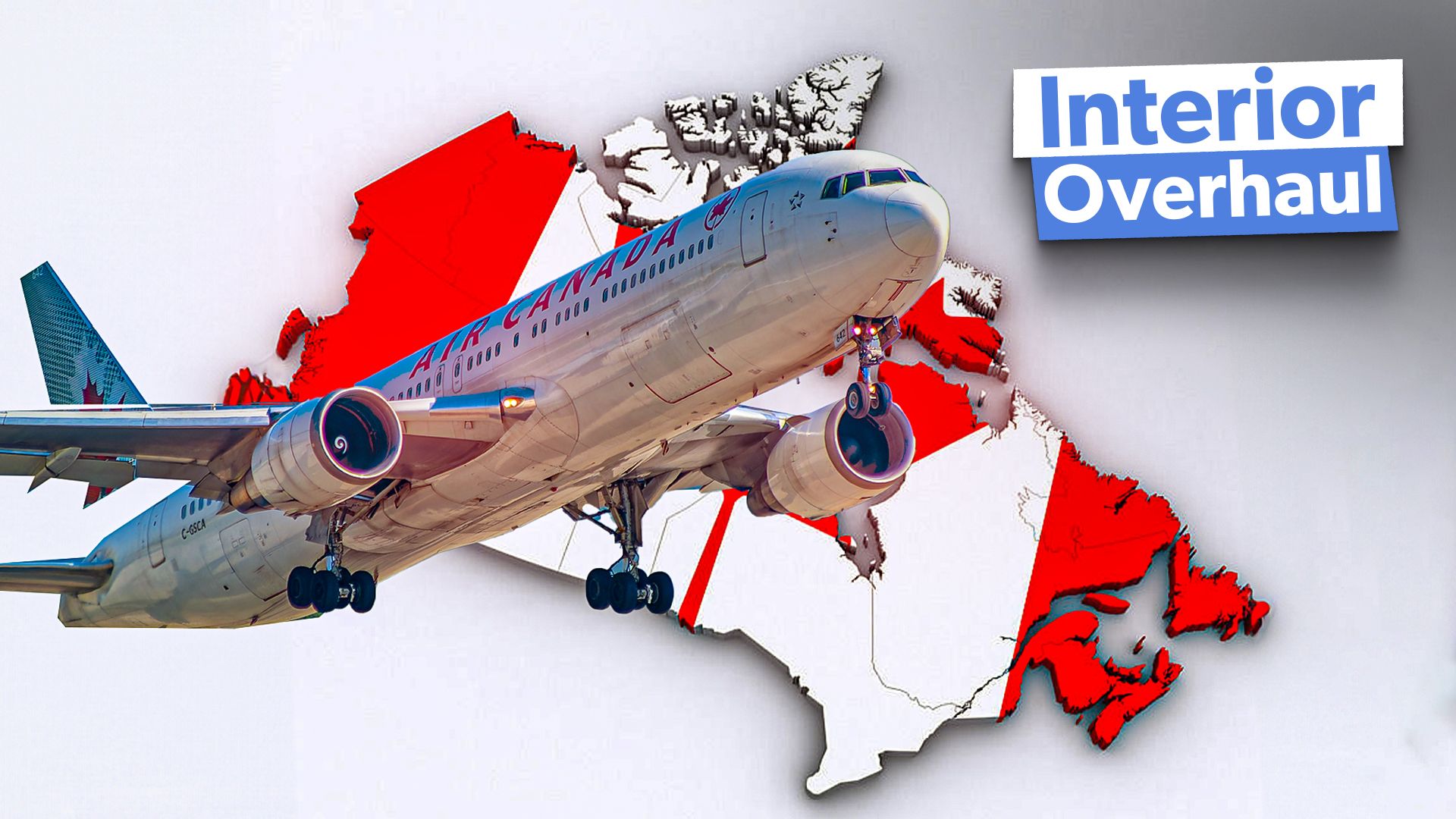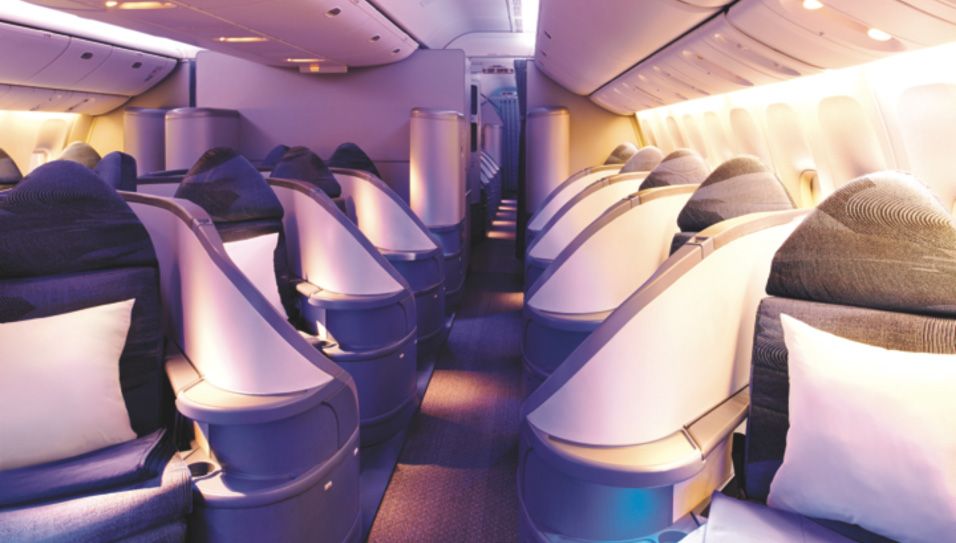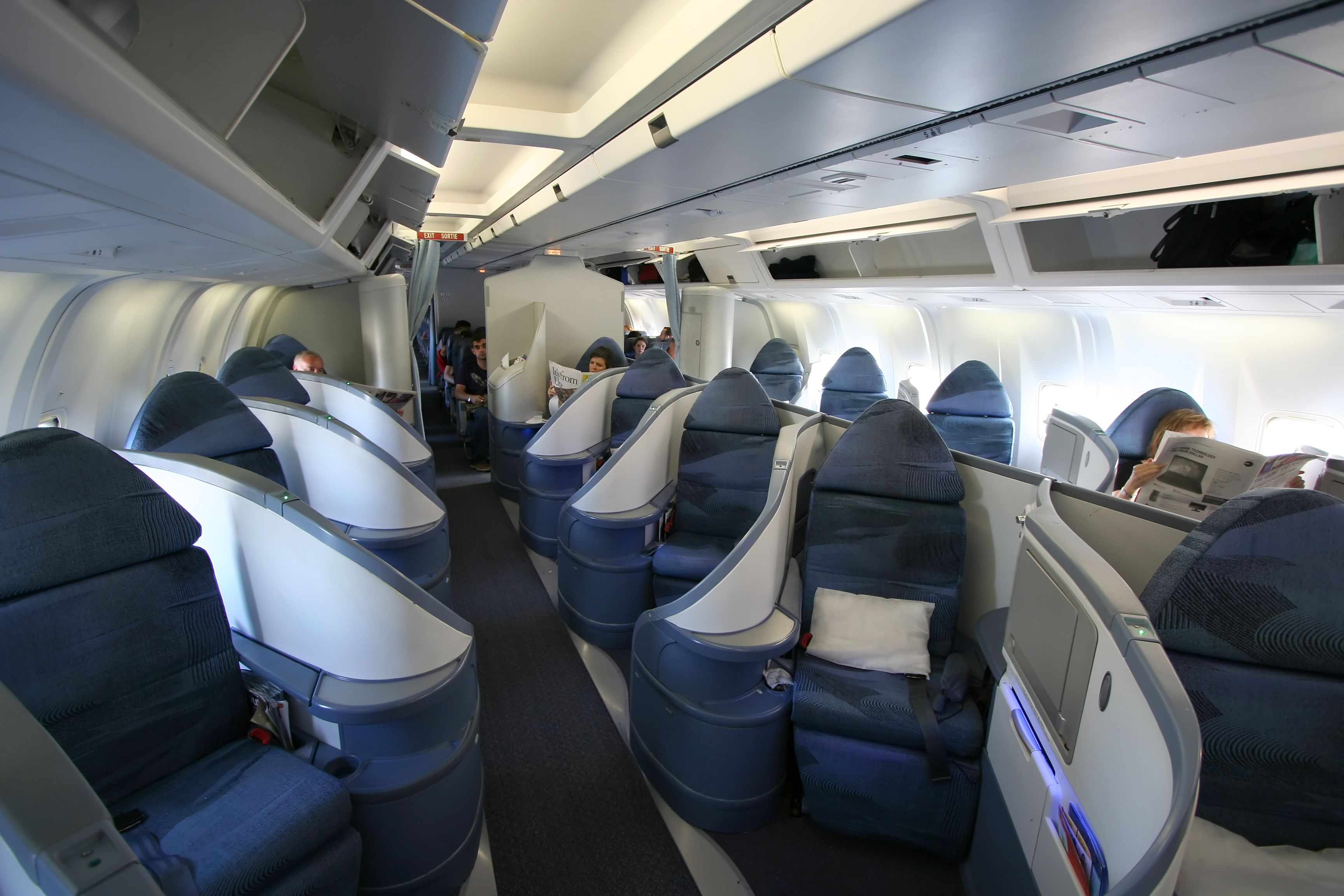Summary
- Air Canada’s Project XM: $300M overhauled modernized fleet, introduced flat beds & AVOD screens for customer comfort.
- Despite high fuel prices and financial challenges, Air Canada prioritized customer experience to boost loyalty.
- Project XM aligned with a fleet modernization strategy, focusing on comfort, environmental responsibility, and standardizing passenger experience.
In the mid-2000s, Air Canada undertook Project XM: Extreme Makeover, a comprehensive $300 million initiative aimed at overhauling the interiors of its fleet. Launched in July 2006, this project was designed to modernize the airline’s offerings and significantly enhance passenger comfort and entertainment.
The makeover introduced new features such as horizontal fully flat beds in Executive First (business class) and new entertainment systems with AVOD (Audio Video On Demand) screens in both business and economy classes. According to Altair Travel, the upgrades were complemented by technological enhancements, including USB ports and power outlets, catering to the growing reliance on electronic devices among travelers.
The vision behind Project XM
According to The Globe and Mail, rapid technological advancements and increasing customer expectations for comfort and entertainment characterized the airline industry during the early 2000s. Air Canada recognized the need to upgrade its fleet’s interior to maintain its market position and appeal to a broader customer base, including more international travelers. This period also saw Air Canada facing financial challenges, including a significant pension shortfall and rising fuel prices. This necessitated a strategic pivot towards more efficient operations and improved customer service.
Photo: Air Canada
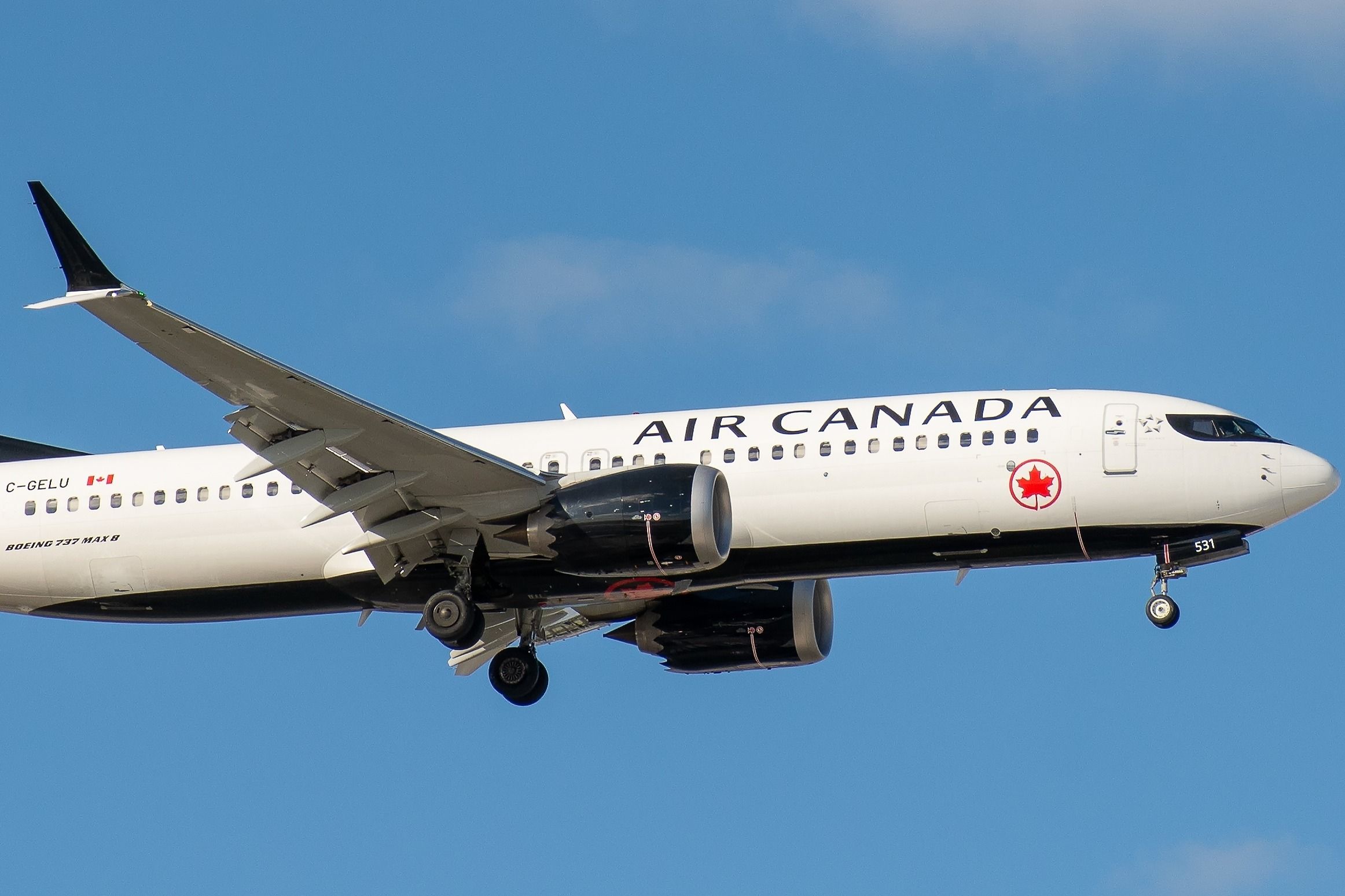
Related
Air Canada Adds 55 Popular Caribbean And US Destinations To Winter Flight Network
The airline has nearly two million seats available to the US and Caribbean.
Strategic investment in customer experience
The strategic investment in Project XM came when Air Canada navigated financial challenges, including high fuel prices and economic downturns. Despite these hurdles, the airline prioritized customer experience, recognizing that enhancing comfort and convenience could foster greater customer loyalty and brand differentiation.
The success of Project XM illustrated the importance of investing in quality service offerings even during challenging economic periods. This initiative not only bolstered Air Canada’s reputation but also laid a strong foundation for future innovations, reinforcing its position as a leader in the North American airline industry.
Key features of the makeover
- Cabin Design and Amenities: One of the most notable aspects of Project XM was the complete redesign of cabin interiors across all classes. In Executive First (business class), the airline introduced new horizontal fully flat beds, providing a significant upgrade in comfort. These suites featured larger personal entertainment screens, high-quality Sennheiser noise-cancelling headphones, and a selection of on-demand entertainment options. The economy class was also overhauled, with more comfortable seats equipped with individual AVOD (Audio Video On Demand) systems. This system offered a variety of movies, TV shows, music, and games, catering to a wide range of passenger preferences.
- Technological Innovations: Another critical component of the upgrade was the integration of modern technology. USB ports and 120V power outlets were added throughout the cabins, allowing passengers to charge their electronic devices during flights. This move was part of a broader trend towards connectivity and convenience, reflecting travelers’ increasing reliance on personal devices.
Fleet modernization and environmental considerations
As older models like the Airbus A340 and Boeing 767-200 were phased out, newer, more fuel-efficient aircraft like the Boeing 777 and Boeing 787 Dreamliner were integrated into the fleet, featuring the latest cabin designs from Project XM. This shift improved passenger experience, contributed to better fuel efficiency, and reduced environmental impact. The modernization efforts aligned with global trends toward more sustainable aviation practices, underscoring Air Canada’s commitment to environmental responsibility.
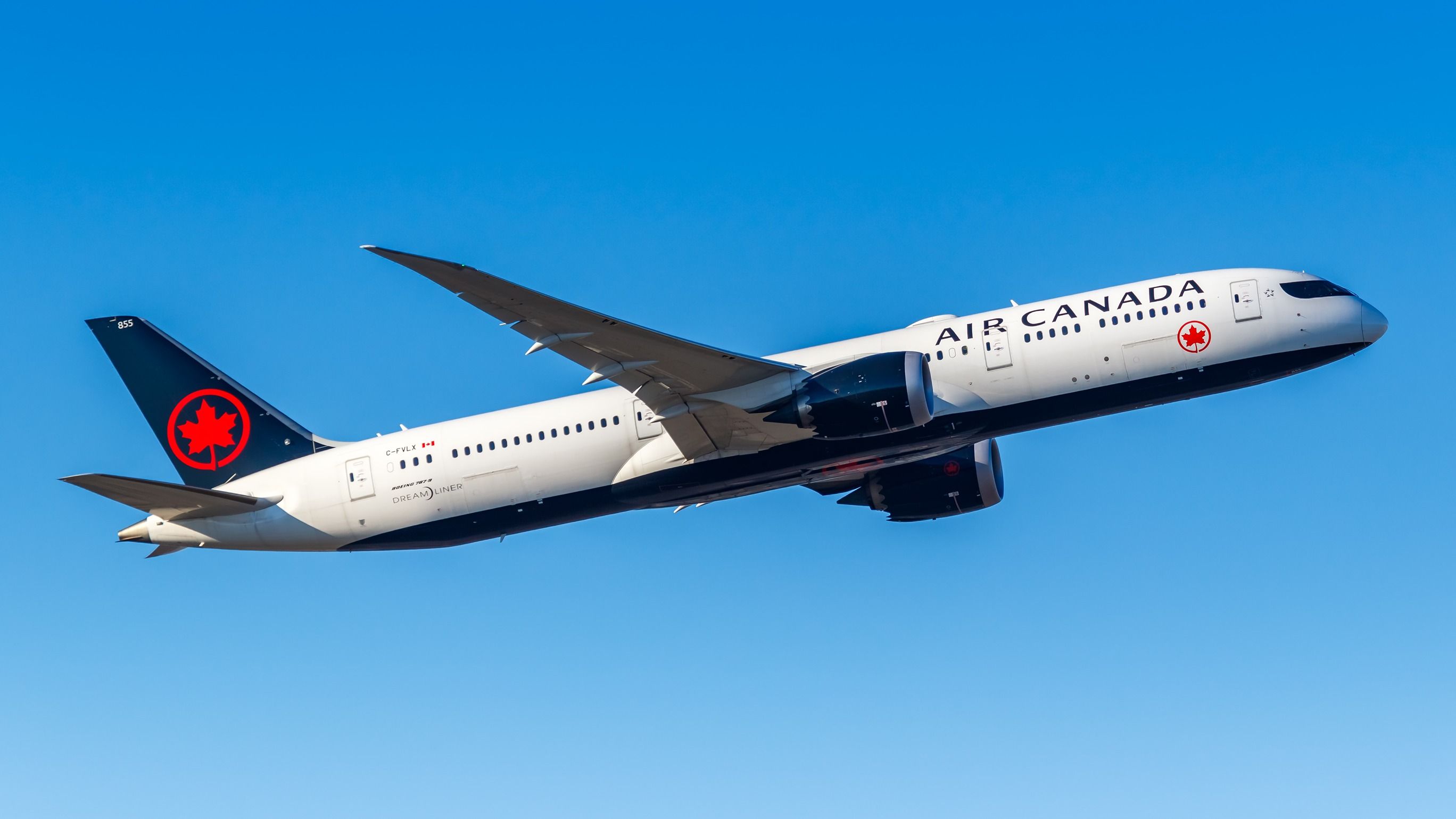
Related
Analysis: A Closer Look At Why Air Canada Is Eyeing Vietnam Flights
It is one of the world’s fastest-growing long-haul markets.
Impact on Air Canada’s fleet and services
During this period, the airline replaced older aircraft models like the Airbus A340 and Boeing 767-200 with more efficient Boeing 777s and, later, Boeing 787 Dreamliners. These new aircraft were delivered with Project XM interiors installed, further standardizing the passenger experience across the fleet.
Moreover, the Project XM initiative included redesigning Air Canada’s branding elements, such as uniforms and aircraft livery. These changes were unveiled at a highly publicized event featuring Canadian singer Celine Dion, signaling a fresh start for the airline as it emerged from financial difficulties and aimed to appeal to a more international audience.
According to AirlineGeeks, the airline retrofitted various of its aircraft, including new arrivals:
- Boeing 777
- Boeing 787 Dreamliner
- A320’s
- 737’s
Legacy and reception
Project XM was crucial in repositioning Air Canada as a modern, customer-focused airline. The improvements in comfort, entertainment, and overall passenger experience were well-received, helping the airline maintain its competitive edge. The project also laid the groundwork for future innovations and improvements, as seen in Air Canada’s ongoing updates to its fleet and service offerings.
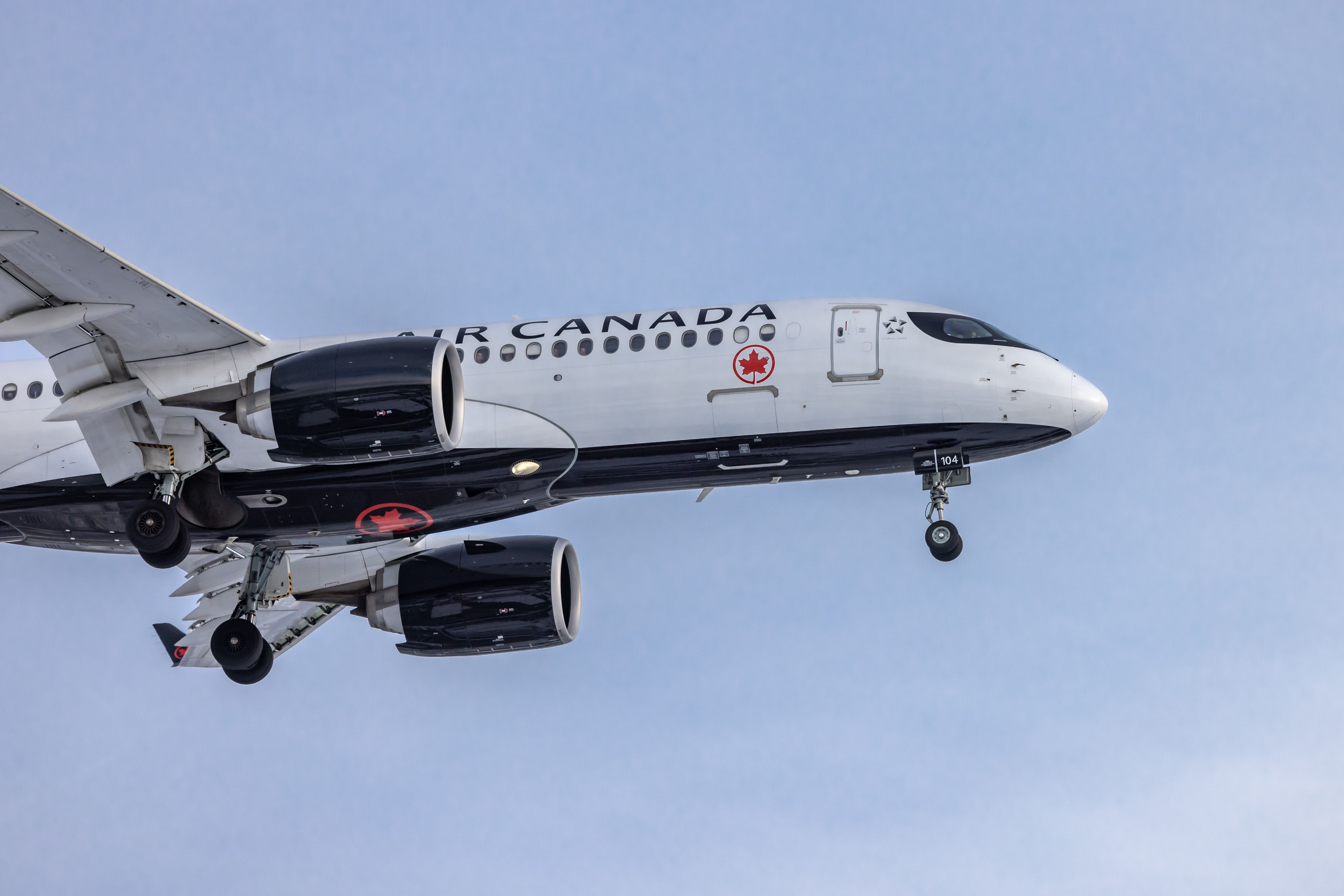
Related
Air Canada Will Add Panasonic Avionics’ Astrova IFE To 80 Planes
The product will be installed on new 787, A220 and A321XLRs, as well as an A321 retrofit.
In summary, Project XM was more than just a cosmetic upgrade; it was a comprehensive overhaul that touched nearly every aspect of the passenger experience. It represented a significant investment in customer satisfaction and set a new standard for the airline’s services. As Air Canada continues to grow and evolve, the legacy of Project XM remains a cornerstone of its commitment to quality and innovation in the aviation industry. Air Canada has never been an airline shy about innovation and has always adapted to market demand.

